 Modern dentistry, orthodontics, and medicine offer a variety of treatments that can address the underlying causes and symptoms of TMD. One TMD treatment available at Pulver Dental Care that has risen in popularity due to producing highly effective results is Botox.
Modern dentistry, orthodontics, and medicine offer a variety of treatments that can address the underlying causes and symptoms of TMD. One TMD treatment available at Pulver Dental Care that has risen in popularity due to producing highly effective results is Botox.What Is TMD?
TMD stands for temporomandibular joint disorder. Temporomandibular joint disorder refers to a variety of different issues that affect the temporomandibular joints and the bones, muscles, nerves, and other tissues.
These joints are responsible for moving your jawbone in all directions and opening and closing your mouth. Any issue that prevents this complex joint system from functioning together smoothly can be considered a temporomandibular joint disorder
What Is the Difference Between TMJ and TMD?
TMJ is the abbreviation for temporomandibular joint. However, this abbreviation is also sometimes used to refer to temporomandibular joint disorder or TMD. Depending on the context in which it is used, TMJ can either refer to TMD or to the temporomandibular joints themselves.
What Are the Symptoms of TMD?
TMD can cause the following symptoms:
- Jaw pain, discomfort, or soreness
- Lockjaw
- Popping, clicking, or grinding noises/sensations in the temporomandibular joints
- Limited range of motion when opening, closing, or otherwise moving the mouth
- Teeth sensitivity (without oral disease)
- Bite changes
- Frequent headaches
- Pain behind the eyes or in the face, neck, shoulders, or back
- Tingling or numbness in fingers
- Earaches (without infection)
- Tinnitus (ringing in the ears)
- Bruxism (grinding and/or clenching the teeth)
- Dizziness
In addition, severe headaches and migraines are often caused by clenching the jaw joint, thus causing severe tension in the muscles that can cause tension-type headaches. A person suffering from TMD might experience any number of these symptoms and should be evaluated by a medical professional.
How Does Botox Therapy Help TMJ Disorder?
Botox is more commonly known for its cosmetic effects that smooth facial wrinkles. However, it has several medical applications, one of those being a therapeutic treatment for individuals who have TMD.
Botox contains a substance that prevents the the movement of targeted muscle groups. This results in the relaxation of the treated muscle groups. Botox can be used to relax key myofascial muscles located in and around the temporomandibular joints in order to relax the muscles, release tension, and reduce pain.
Depending on the nature of the patient’s TMD, Botox might not address the underlying cause of the issue. However, it is a simple, yet highly effective and long-lasting treatment designed to relieve a patient’s TMD symptoms.
How Long Does Botox Last for TMJ?
On average, the effects of TMD treatments with Botox last between three and four months. Every patient, however, is different which means that some patients might find it lasts for up to six months or as little as two months. The duration of relief with Botox therapy can also vary based on the number of treatments a patient has already had. For many, the first treatment lasts the shortest length of time and treatment effects increase with each subsequent session.
Is Botox Safe as a TMJ Treatment?
Botox injections for TMD treatment are FDA-approved and considered to be safe as long as they are administered by an experienced professional.
Are Botox Treatments Painful?
Botox injections have little discomfort involved during treatments. Some patients can experience minor tenderness, redness, and/or bruising that might last a day or two after treatment.
Botox Treatments for TMD Relief
If you suffer from the painful symptoms of TMD, we encourage you to schedule a Botox therapy consultation with a dentist at Pulver Dental Care today.

